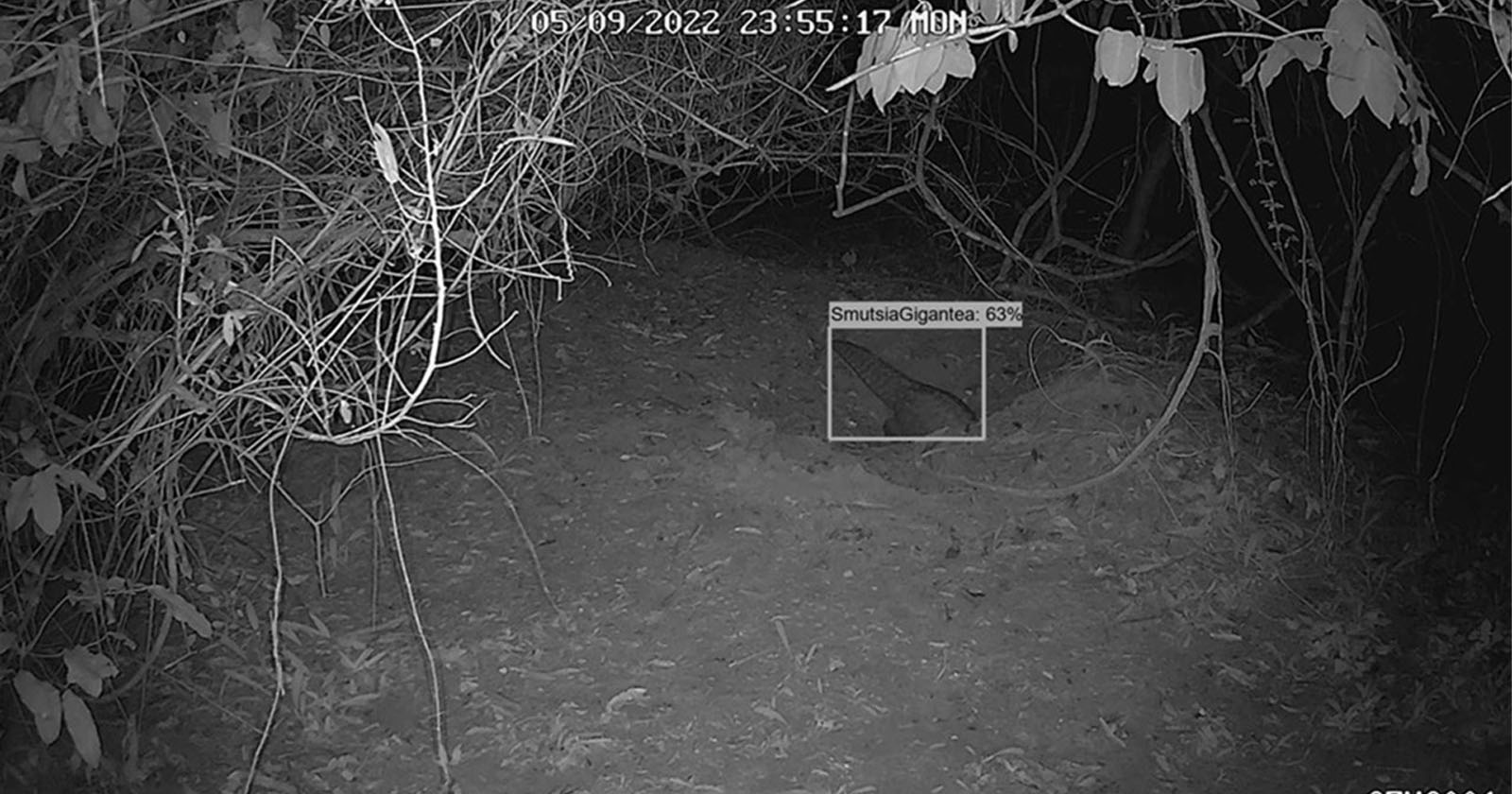AI Cameras Make Huge Leap in Protecting the Rarest Animals on Earth

AI cameras have made a huge leap forward in protecting some of the world's rarest animals. In 2021, researchers at the University of Cambridge developed a camera system powered by AI that can identify and track endangered species with unprecedented accuracy.
The system utilizes special sensors embedded in cameras that detect movements from an animal and alert conservationists when an endangered species is nearby. This technology is being deployed in designated areas around the world, such as parts of Africa, to monitor wildlife populations and the impact of human activities on their habitats.
The AI-powered cameras have enabled conservationists to accurately identify endangered species among other wildlife and track their movements more easily. This has enabled them to understand how different species interact with each other and how they respond to external changes. The cameras also help conservationists assess the health of animal populations and determine whether they are at risk of extinction.
In addition, the cameras provide valuable data to researchers investigating the causes of animal extinctions, giving them a better understanding of how human activities can affect animal populations and their ecosystems.
Furthermore, the AI-powered cameras have allowed conservationists to focus their efforts on specific animals and quickly react to sudden threats. For instance, if a poacher is detected near a habitat, conservationists can send out a drone or patrol team to protect the animal before it is hunted.
Overall, the development of AI-cameras has been a major breakthrough towards protecting the world's rarest animals. By allowing conservationists to accurately identify, track and monitor endangered species, the AI-cameras have enabled a more effective approach to conservation efforts. This technology will continue to play a crucial role in the future by providing valuable data for researchers and allowing conservationists to respond quickly to potential threats.
Read more here: External Link